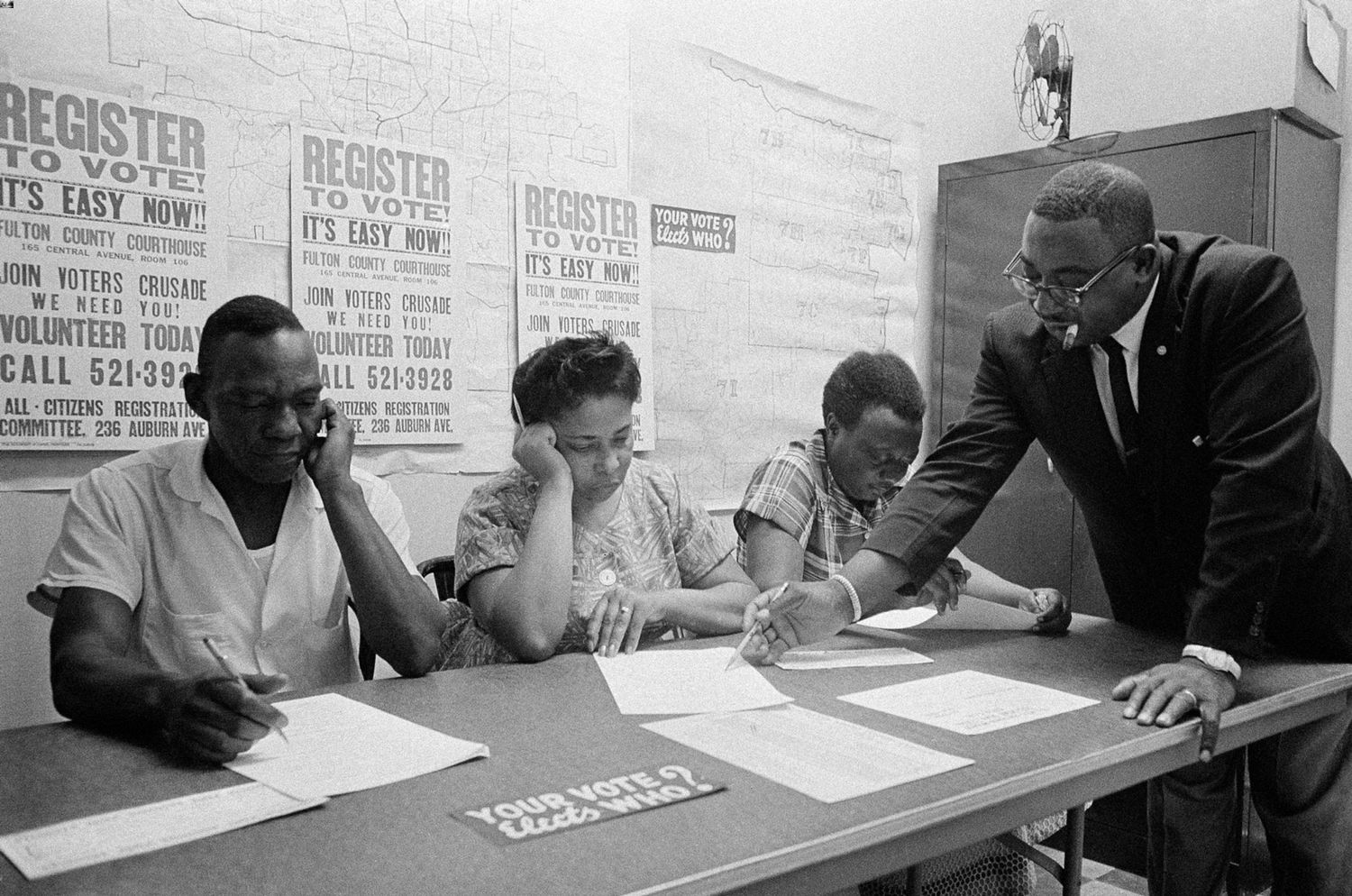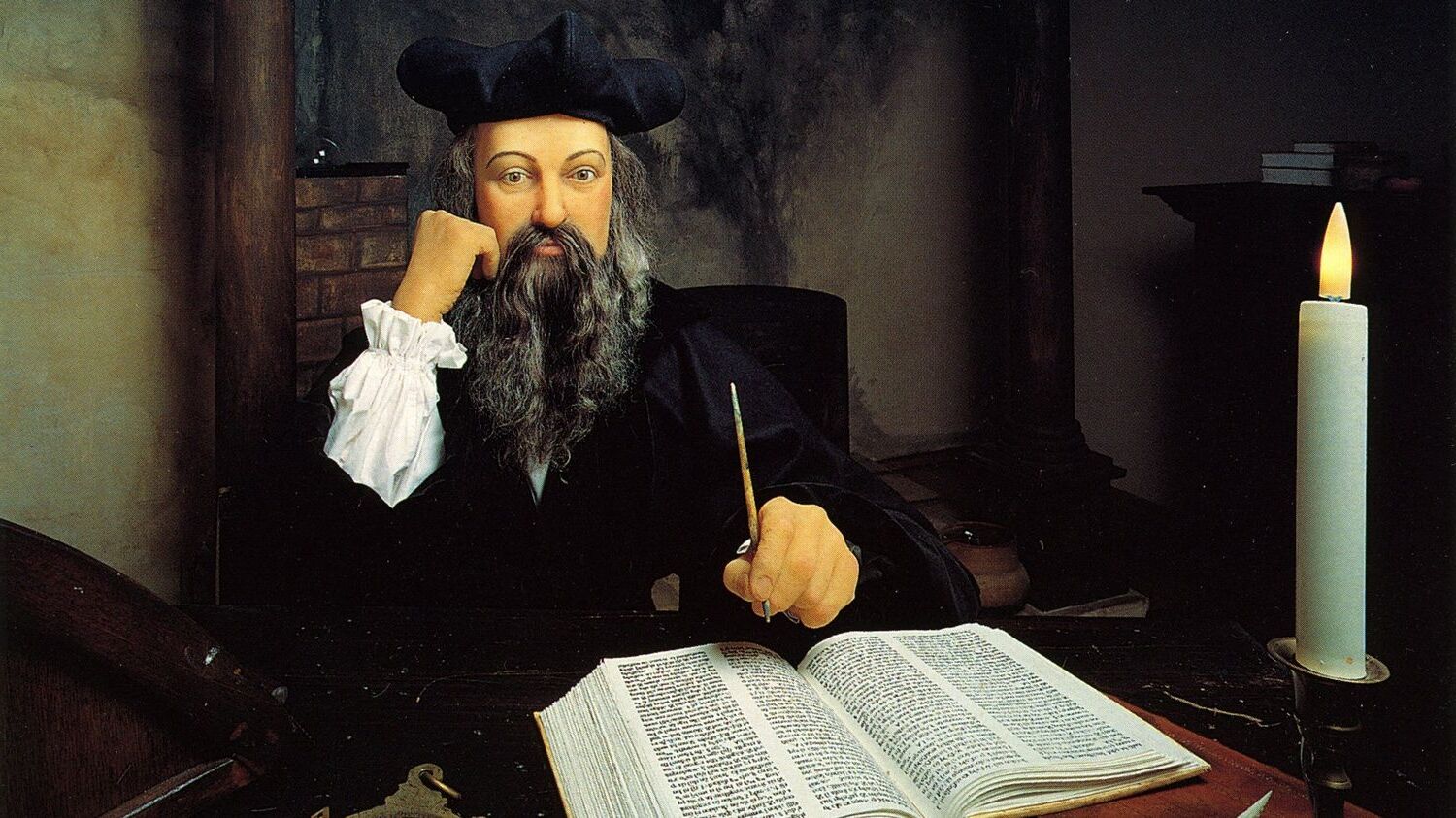
Voting literacy tests were once used in the United States as a way to determine if a person was eligible to vote. These tests were designed to assess a person's reading and comprehension skills, but they often served a more sinister purpose. Why were voting literacy tests implemented? The answer lies in the history of racial discrimination. These tests were primarily used to disenfranchise African American voters and other minority groups. They were notoriously difficult, with questions that were confusing or impossible to answer correctly. Many people who took these tests were unfairly denied their right to vote. Understanding the history of voting literacy tests helps us appreciate the importance of voting rights and the ongoing struggle for equality.
Key Takeaways:
- Literacy tests were unfair exams used to prevent African Americans from voting. They were part of a system of discrimination and were eventually banned by the Voting Rights Act of 1965.
- The legacy of literacy tests still affects voting rights today. Understanding this history helps us fight against modern-day voter suppression and continue the struggle for equal voting rights.
What Were Voting Literacy Tests?
Voting literacy tests were tools used to determine if potential voters could read and write. These tests were often used to disenfranchise certain groups, particularly African Americans in the Southern United States.
- Literacy tests emerged in the late 19th century as a way to limit the voting rights of African Americans after the Civil War.
- These tests were part of Jim Crow laws, which enforced racial segregation and discrimination.
- Questions on these tests were often extremely difficult, designed to ensure failure.
- Tests could include reading complex legal documents or interpreting obscure parts of the state constitution.
- Some tests required writing essays on topics chosen by the examiner.
How Were Literacy Tests Administered?
The administration of these tests was often biased and unfair. Officials had significant discretion over who passed and who failed.
- White voters were often given easier versions of the tests or exempted altogether.
- African American voters faced more rigorous scrutiny and were more likely to fail.
- Examiners had the power to pass or fail applicants based on subjective criteria.
- Some tests were administered orally, making it easier to manipulate the results.
- In some cases, voters were asked to recite entire sections of the Constitution from memory.
Impact on Voter Turnout
The use of literacy tests had a significant impact on voter turnout, particularly among African Americans.
- Voter registration among African Americans plummeted in states that used literacy tests.
- In Mississippi, African American voter registration dropped from 70% to less than 6% after literacy tests were implemented.
- These tests effectively disenfranchised thousands of African American voters.
- Literacy tests were one of several barriers, including poll taxes and grandfather clauses, used to suppress the African American vote.
- The Voting Rights Act of 1965 eventually banned literacy tests nationwide.
Legal Challenges and Abolition
Over time, literacy tests faced numerous legal challenges and were eventually abolished.
- The Supreme Court ruled against literacy tests in several key cases.
- In 1964, the Civil Rights Act addressed some of the issues related to voting discrimination.
- The Voting Rights Act of 1965 was a landmark law that prohibited racial discrimination in voting.
- Section 5 of the Voting Rights Act required certain states to get federal approval before changing voting laws.
- The 24th Amendment abolished poll taxes, another barrier to voting.
Historical Context and Legacy
Understanding the historical context of literacy tests helps explain their lasting impact on American society.
- Literacy tests were part of a broader system of racial segregation and discrimination.
- These tests were used alongside other methods to maintain white supremacy in the South.
- The Civil Rights Movement played a crucial role in challenging and overturning these discriminatory practices.
- Activists like Martin Luther King Jr. and organizations like the NAACP fought tirelessly against voting discrimination.
- The legacy of literacy tests can still be seen in ongoing debates about voter suppression and voting rights.
Personal Stories and Anecdotes
Personal stories from those who faced literacy tests provide a human perspective on this issue.
- Many African Americans recall the fear and humiliation of taking these tests.
- Some were asked impossible questions, like "How many bubbles are in a bar of soap?"
- Others were denied the right to vote despite being well-educated and literate.
- These personal experiences highlight the cruelty and injustice of literacy tests.
- Stories from civil rights activists show the courage and determination needed to fight for voting rights.
Modern-Day Implications
While literacy tests are no longer used, their legacy continues to influence modern voting rights issues.
- Voter ID laws and other restrictions are seen by some as modern equivalents of literacy tests.
- Debates about voter suppression often reference the history of literacy tests.
- Efforts to expand voting rights continue to face opposition in many states.
- The fight for voting rights remains a central issue in American politics.
- Understanding the history of literacy tests helps inform current discussions about voting rights.
Conclusion
Voting literacy tests were a dark chapter in American history, used to disenfranchise and discriminate against African Americans. Their legacy continues to shape the fight for voting rights today.
- The struggle for voting rights is ongoing and requires vigilance.
- Education and awareness are key to preventing future discrimination.
- Honoring the sacrifices of those who fought against literacy tests is essential to preserving democracy.
The Impact of Voting Literacy Tests
Voting literacy tests had a significant impact on American history. These tests, used primarily in the South, were designed to disenfranchise African American voters. By requiring potential voters to pass difficult and often arbitrary exams, many were unfairly barred from exercising their right to vote. This practice contributed to the systemic racism and inequality that plagued the United States for decades.
The Civil Rights Movement of the 1960s brought attention to these injustices. Activists fought tirelessly to end discriminatory practices, leading to the Voting Rights Act of 1965. This landmark legislation outlawed literacy tests and other forms of voter suppression, ensuring that all citizens, regardless of race or education, could participate in the democratic process.
Understanding the history of voting literacy tests reminds us of the importance of protecting voting rights for everyone. It’s a crucial part of our ongoing journey toward equality and justice.
Frequently Asked Questions
Was this page helpful?
Our commitment to delivering trustworthy and engaging content is at the heart of what we do. Each fact on our site is contributed by real users like you, bringing a wealth of diverse insights and information. To ensure the highest standards of accuracy and reliability, our dedicated editors meticulously review each submission. This process guarantees that the facts we share are not only fascinating but also credible. Trust in our commitment to quality and authenticity as you explore and learn with us.


